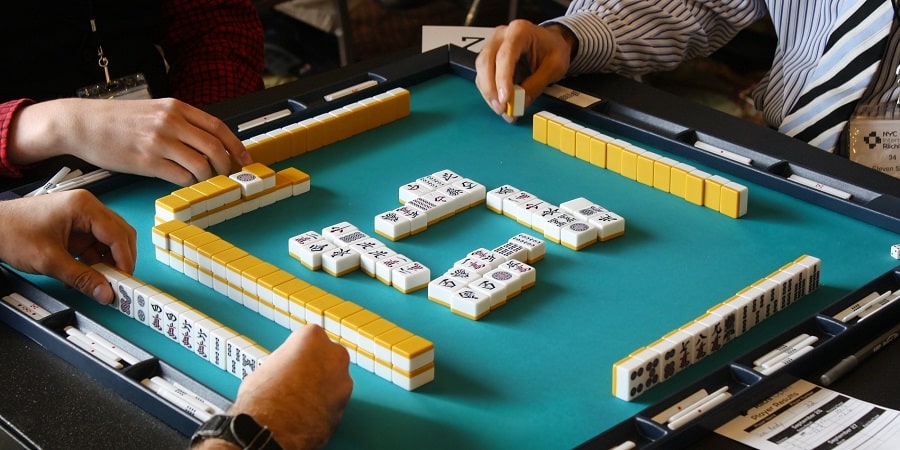Mahjong is more than a simple game; it’s a rich tapestry of history, myths, and evolution. From its ancient origins to its digital age adaptations, the journey of Mahjong is as captivating as the game itself.
Mahjong, with its tiles of dragons, winds, and flowers, originally took root in the Qing dynasty in China. The game was an instant hit and became a favored pastime. By the 19th century, Mahjong transformed into a gambling game, with monetary stakes increasing its allure. Houses were known to host exclusive Mahjong nights, and it was during these times that many strategies were developed.
Legends and Myths
Throughout its history, Mahjong has been shrouded in mystery and myths.
The Myth of Dirty Whale Bones
An old tale whispers of the earliest Mahjong tiles being crafted from dirty whale bones. While it paints a fascinating image, it’s mostly a fabrication. The first tiles were indeed made from bone but primarily from buffalo and not whale.
The Myth of Confucian Roots
Another myth speaks of Mahjong having deep Confucian roots. It’s said that the game’s tiles and principles are derived from Confucian philosophy. However, concrete evidence supporting this theory is scanty.
The Myth of the Prohibition by the Imperialists
In the late 19th and early 20th century, it was rumored that imperialists tried to ban the game, viewing it as a distraction. While Mahjong faced scrutiny and temporary bans in various places, it was never wholly eradicated.

Mahjong Game Development
The 20th century saw Mahjong’s spread to Western countries, primarily due to Chinese immigrants. Each region adapted the rules, leading to various versions like American Mahjong. The game’s popularity surged post-WWI, with many clubs and societies dedicated to it being formed.
Mahjong in Online Casino
The digital age has embraced Mahjong, leading to its growth in online casinos. Players can now challenge opponents around the world, participate in tournaments, or simply enjoy digital casino games for as long as they want. This has expanded Mahjong’s audience exponentially, introducing the game to a younger, tech-savvy generation.
Mahjong Game Creators
Although the exact names of Mahjong’s creators remain a mystery, many have contributed to its global popularity. Joseph P. Babcock is one such figure. In the 1920s, he introduced a simplified rulebook for Western audiences, playing a crucial role in its international spread.
Names of Creators
While the ancient inventors remain faceless in the annals of history, several contributors deserve mention:
- Joseph P. Babcock – For westernizing the rules.
- Abe and Joiner – They popularized the American version in the 1930s.
- Lee Chiao – A pivotal figure in standardizing rules in Hong Kong.
Conclusion
Mahjong, from its mysterious beginnings to its current digital avatar, remains a beloved game. Its history, rich with myths and legends, only adds to its allure. As technology continues to evolve, so will Mahjong, but its essence will undoubtedly remain unchanged.

